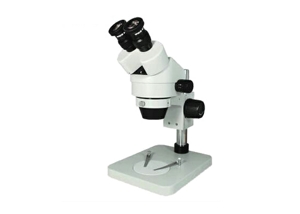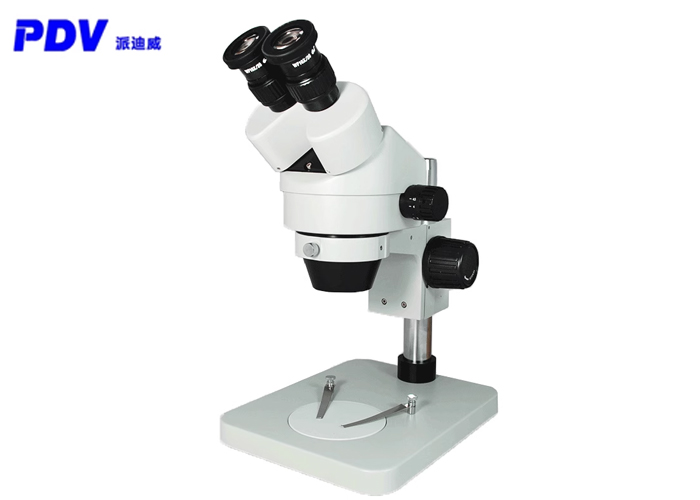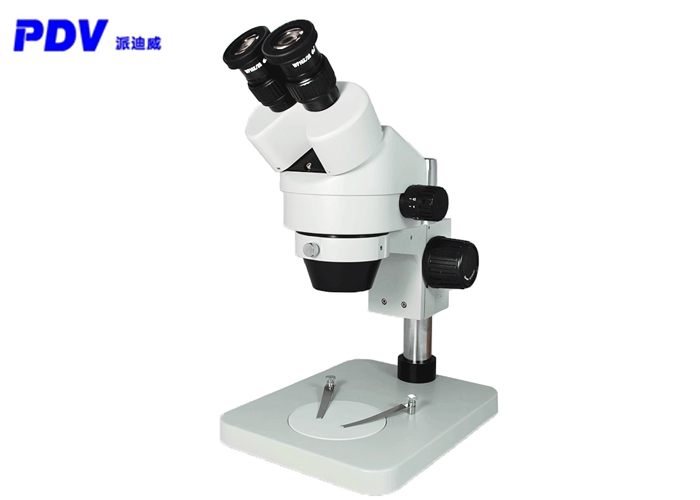The microscope is a kind of precision optical instrument, so it is also very important to do the routine maintenance and maintenance of the microscope while using it properly. Paying attention to the good maintenance and maintenance of the microscope can extend the life of the microscope and ensure that the microscope is always in good working condition.
Daily use precautions for the instrument
1. When moving the microscope, hold the mirror arm in one hand, the mirror holder in one hand, and the upper arm on the chest wall. Do not lift it with one hand and swing back and forth to prevent the lens or other parts from falling.
2. When observing the specimen, the microscope should be kept at a certain distance (5cm) from the edge of the test bench to prevent the microscope from falling over. The angle of inclination between the mirror column and the mirror arm must not exceed 45 degrees, and it should be restored immediately after use.
3. When using, strictly follow the steps, familiar with the performance of each part of the microscope, and master the relationship between the rotation direction of the coarse and fine adjustment knobs and the lifting and lowering of the lens barrel. When turning the coarse adjustment button down, the eyes must look at the microscope objective lens.
4. When attaching temporary specimens with liquids, cover the sheets. Do not use inclined joints to prevent liquid contamination of the lens and microscope.
5. The coarse and fine adjustment knobs should be used together. The fine adjustment knob cannot be rotated excessively in one direction. When adjusting the focal length, the lens barrel should be lowered from the side to avoid crushing the specimen and the lens.

Microscope
6. Observe the specimen with a single-tube microscope, open both eyes at the same time, observe the object image with the left eye, draw the right eye, adjust the focal length with the left hand, and move the specimen or drawing with the right hand.
7. It is forbidden to unscrew or change parts such as eyepieces, objective lenses, rotation stage and concentrators.
8. The optical parts of the microscope are dirty. Wipe them with lens paper or silk cloth. Do not rub them with your fingers, rough paper or handkerchief to prevent damage to the mirror surface.
9. All corrosive and volatile chemical reagents and drugs, such as iodine, ethanol solution, acid, alkali, etc., should not be in contact with the microscope. If it is accidentally contaminated, it should be wiped clean immediately. Do not remove the eyepiece at will, beware of dust falling into the lens barrel.
10. After observing the sample with an oil mirror, wipe the oil lens and the carrier piece with xylene to prevent the other objective glass from being scented with cedar oil. Xylene is toxic and wash hands immediately after use.
11. After the experiment is completed, remove the slide, wipe the lens with a mirror paper and remove it. It cannot be opposite to the light-passing hole. Wrap it in silk cloth and put it back in the mirror box. Do not expose the microscope to direct sunlight.













